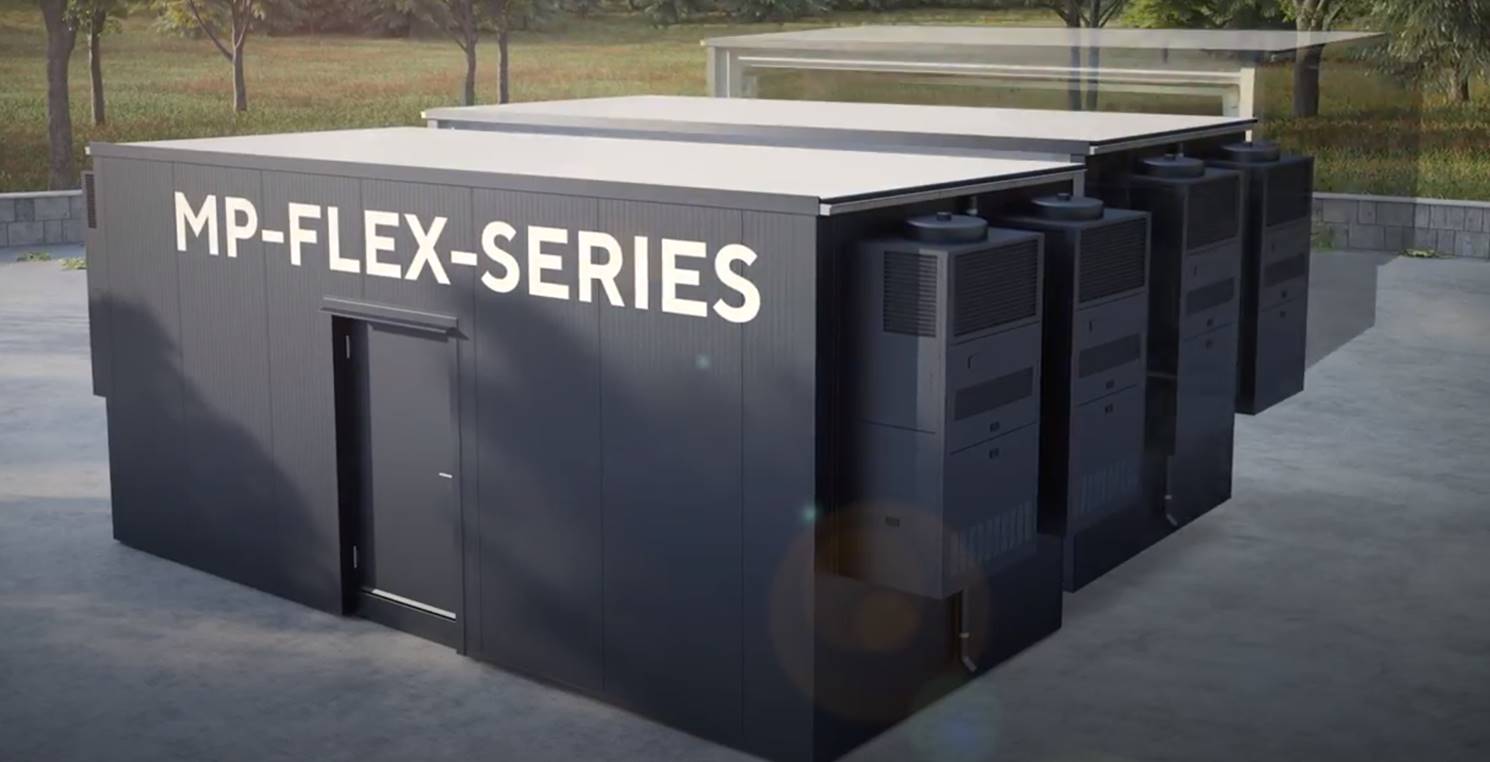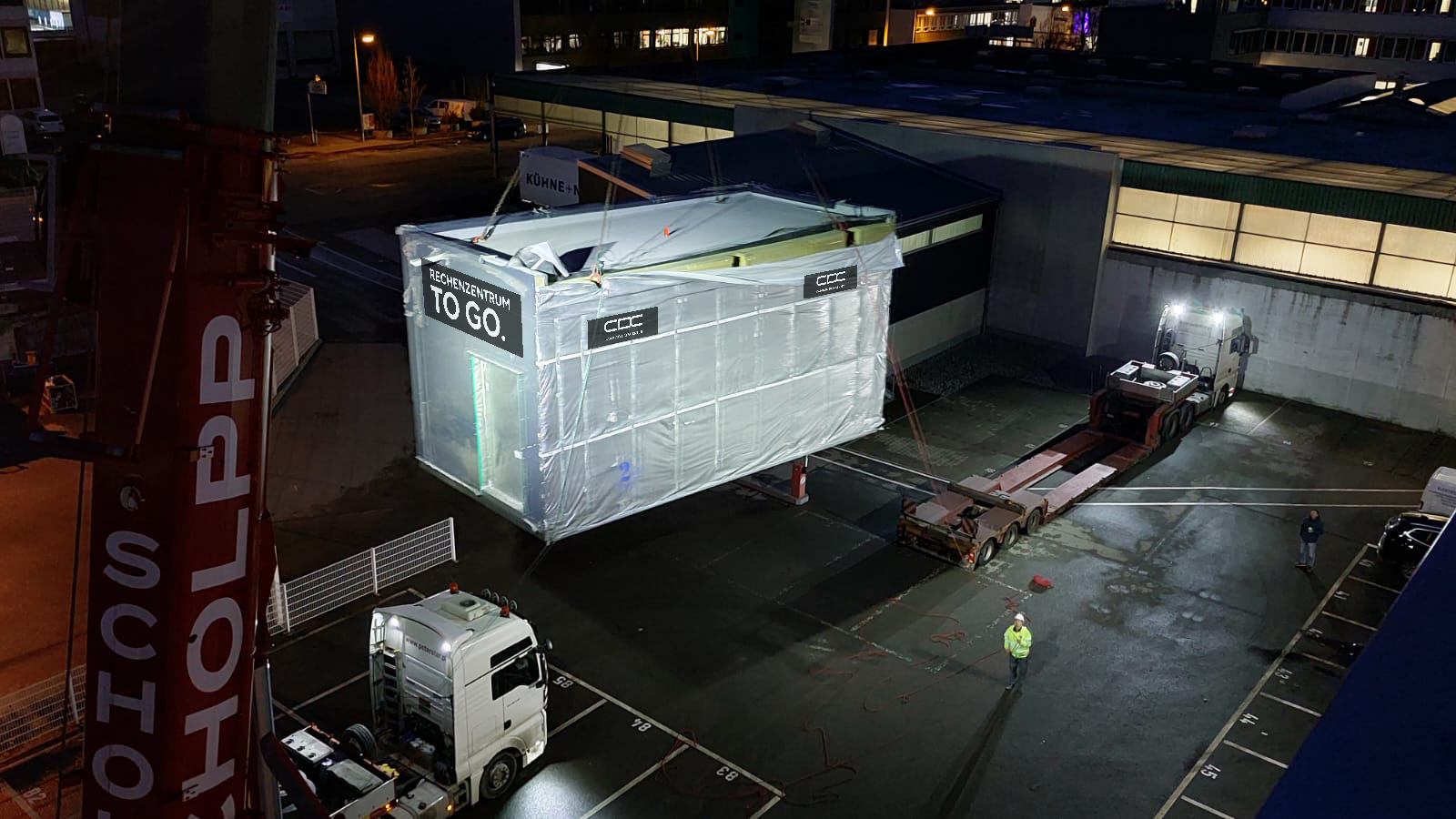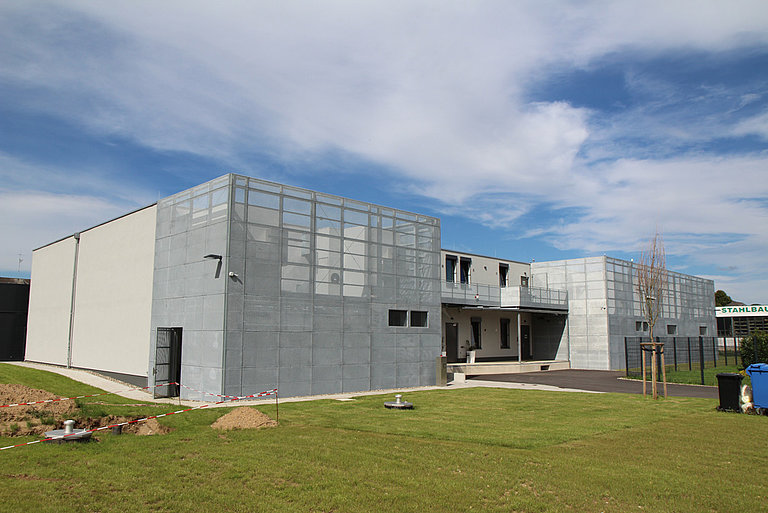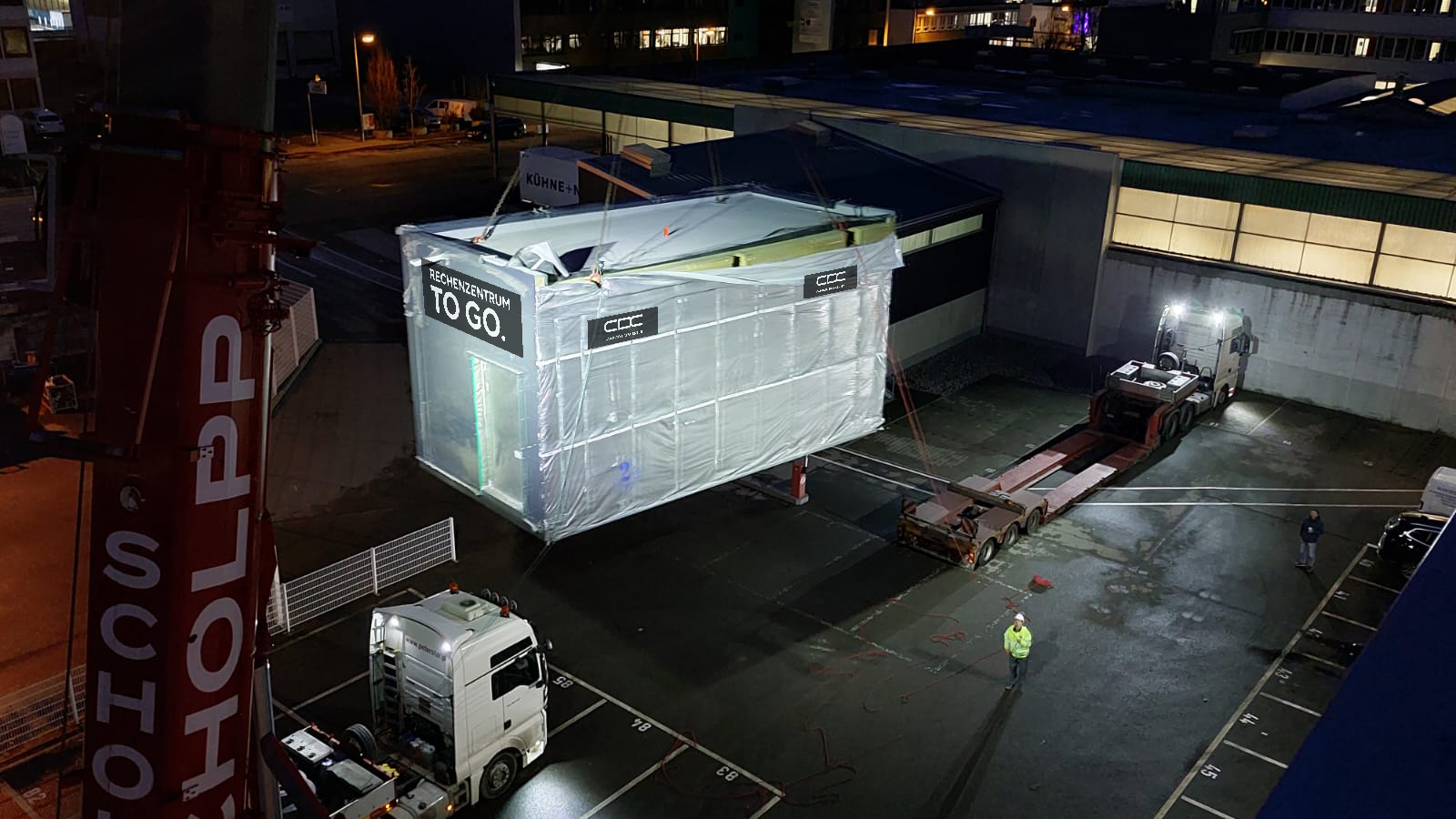An important trend in the data center industry is the development of scalable, modular data centers. These modular data centers offer a flexible, cost-effective, and environmentally friendly alternative to traditional, monolithic data center solutions. In the following paragraph, the advantages of modular data centers and their importance for the future of data infrastructure are explained in more detail. One of the greatest strengths of modular data centers is their scalability.
Unlike traditional data centers, which often have a fixed size and capacity, modular data centers can easily be expanded or reduced by adding or removing modules. This allows companies to tailor their IT infrastructure precisely to their current and future needs and avoid unnecessary investments in unused capacity. Additionally, the flexibility of the modular design allows for faster adaptation to new technologies and market conditions.
Modular data centers can offer significant cost savings compared to traditional data centers. Since the modules are prefabricated and standardized, they can be produced, delivered, and installed more quickly and cost-effectively. Furthermore, modular data centers can be expanded in smaller, more cost-effective increments as needed, reducing overall investment costs. Moreover, modular data centers are often more energy-efficient than traditional data centers, leading to lower operating costs and a smaller environmental footprint.
The modular construction of data centers makes it easier to integrate energy-efficient technologies and sustainable materials. For example, since the modules are prefabricated, they can be equipped with efficient cooling systems, renewable energy sources, or even free cooling to reduce energy consumption and environmental impacts. Additionally, modular construction allows for the reuse of modules and materials, further reducing the overall environmental impact.
Since modular data centers are prefabricated and standardized, they can be deployed and operational more quickly than traditional data centers. This is particularly important for companies that need to quickly respond to growing IT requirements or market changes.
Overall, scalable modular data centers offer a future-oriented solution for the growing demands on data infrastructure. Through their scalability, flexibility, cost efficiency and environmental friendliness, they enable companies to expand their IT infrastructure in a sustainable and efficient manner and to adapt to the constantly changing market conditions. In view of increasing digitalization and the growing importance of cloud computing, Big Data and IoT applications, the importance of modular data centers will continue to grow.
Another advantage of modular data centers is their improved resilience and redundancy. Since they consist of multiple independent modules, in the event of disruptions or failures in one module, they can maintain the operation of the remaining modules. This increases the operational reliability and availability of the IT infrastructure and minimizes downtime and data loss.
The modular design also enables better adaptability to different geographical and climatic conditions. Depending on the location and environmental conditions, different modules and technologies can be used to ensure optimal operating conditions and energy efficiency. This can be particularly important in areas with extreme temperatures or high humidity levels, for example.
Finally, modular data centers also allow for a decentralized infrastructure, which is particularly beneficial for edge computing applications. By distributing data centers close to data sources and users, latency can be reduced and network loads minimized. This is particularly important for time-critical applications and services, such as autonomous driving, real-time monitoring or Industry 4.0 applications.








